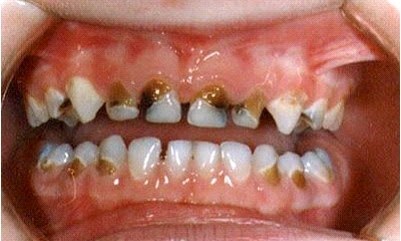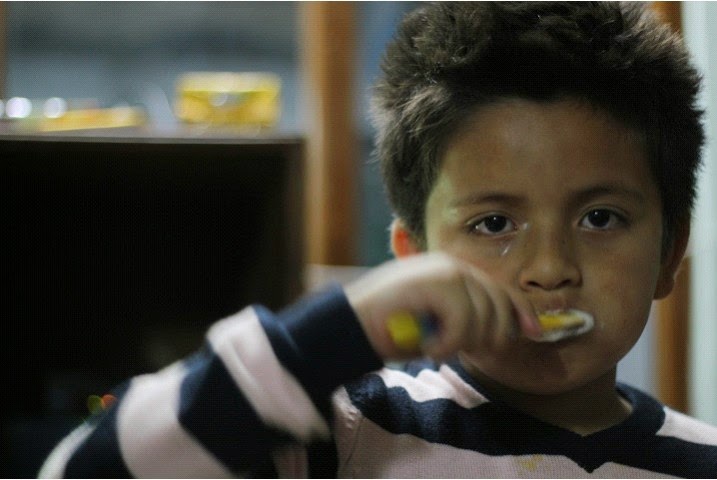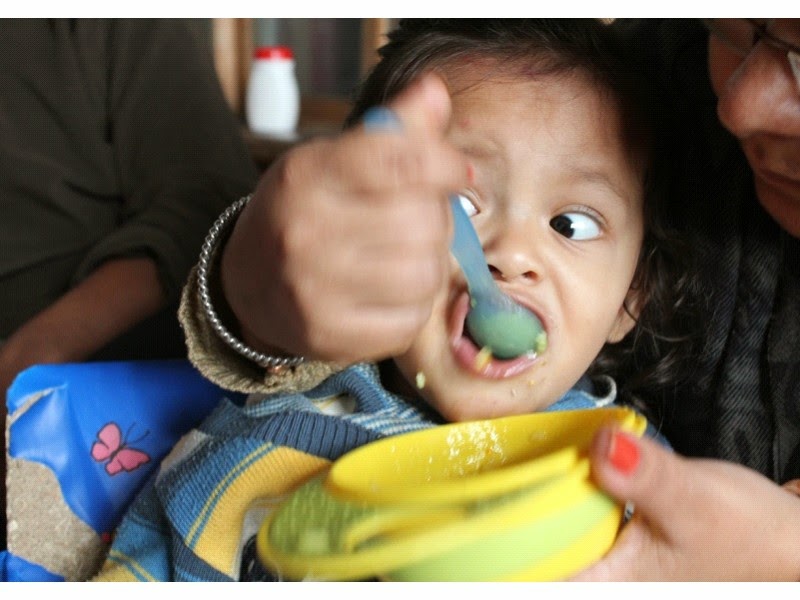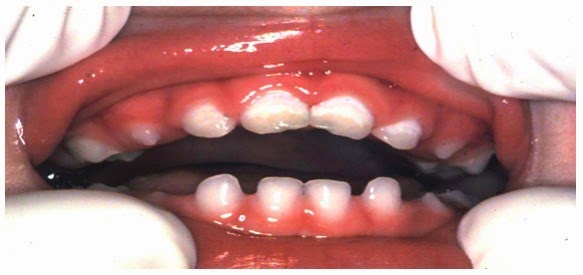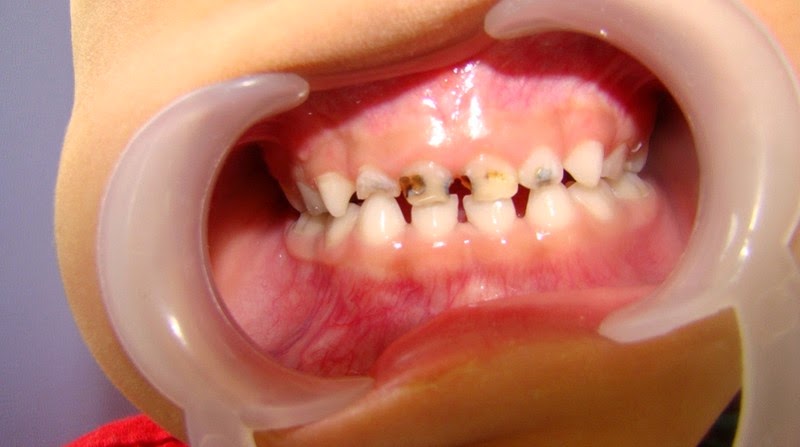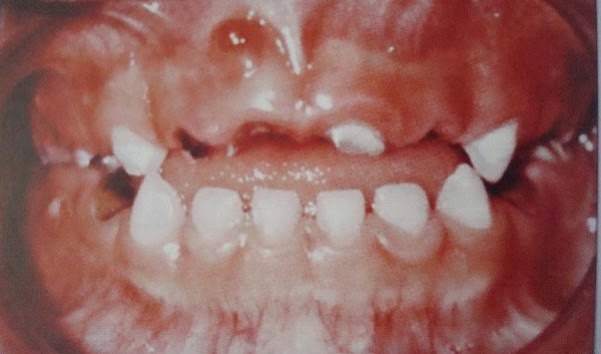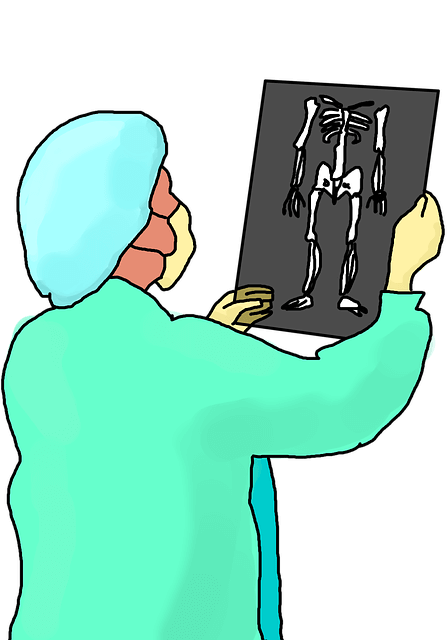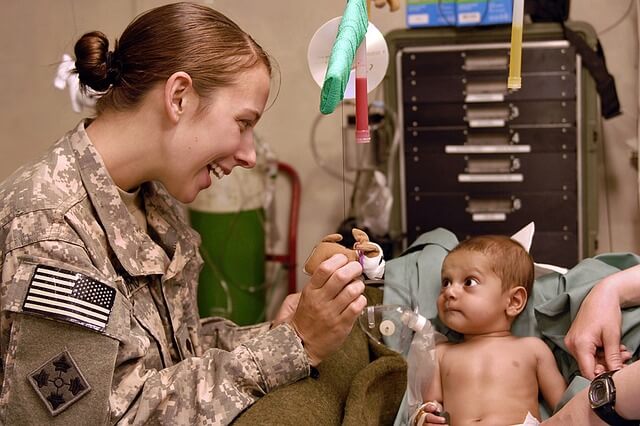1st Published in Pedchrome on November 8, 2014.
Childhood is considered the golden period of life, but it is also a phase when diseases are lurking in every nook and corner to attack these tiny buds. Like systemic diseases there are a number of oral health problems that affect children which includes tooth decay, various habits like thumb sucking, gum diseases, oral lesions and early tooth loss. Among this early childhood tooth decay is the number 1 chronic disease affecting young children and is 5 times more common than asthma and 7 times more common than hay fever. Teeth are at risk of dental caries from the time they start to appear in the mouth, putting children from approximately six months of age onwards at risk. Severe form develops very quickly, and teeth may be destroyed within six months of its onset. Many of the dental diseases of the childhood can be prevented with proper education of the parents. To achieve this objective, a greater interaction between Pediatricians and Pediatric Dentists are important.
Pediatric Dentistry is the branch of dentistry dealing with children from birth through adolescence including children with special health care needs. Pediatric Dentists are the Pediatricians of Dentistry. Pediatric Dentists promote the dental health of children as well as serve as educational resources for parents. American Academy of Pediatric Dentistry (AAPD) and the American Academy of Pediatrics (AAP) recommend that a dental visit should occur within six months after the presence of the first tooth or by a child’s first birthday. A Pediatric dentist has two to three years of specialty training (course) following dental school and limits his/her practice to treating children only. The American Academy of Pediatrics (AAP) recommends a child to visit a pediatrician 6 times in the first year of life and 10 times by 3 years of age. Pediatricians have the opportunity to provide care for children 6 times before the recommended visit to a dentist. In May 2003, the AAP developed a policy statement on oral health risk assessment timing and establishment of the dental home. The policy states “pediatricians and pediatric oral health professionals should develop the knowledge base to perform oral health risk assessments on all patients beginning at 6 months of age to identify high risk children at an early age in order to provide anticipatory guidance, behavior modifications in terms of oral hygiene and diet”.
Contribution of Pediatricians in Improving Oral Health of Concern
The importance of dentistry during the early years of child’s life has been well documented. Pediatricians are considered to be in a unique position to contribute to the dental health of their child patients because children often visit their offices at a young age and the parents accept their recommendation well. They can contribute to oral health in the following manner:
Education:
Educate parents in many areas such as:
- Good oral hygiene: educating the parents about the basics of maintaining oral hygiene
- Prevention of dental injuries
- Prevention of nursing caries by establishing proper feeding habits. Education about the harmful effects of putting the baby to sleep with a bottle of milk as well as the effects of sugars from juice or milk on a baby’s teeth. The role of feeding habits on development of baby bottle tooth decay.
- Diet counseling demonstrating food guide pyramid and importance of healthy food habit for healthy teeth
- Educating parents about the importance of the first dental visit, which is recommended at the time of the eruption of the first tooth and no later than 12 months of age. (AAPD guidelines)
Caries prevention: assess whether infants receive optimal fluoride exposure from drinking water or in fluoride-deficient areas by supplementation.
Referral: of all children for routine dental care to limit destruction associated with the milder forms of caries as well as referral of infants with cleft lip and palate for fabrication of feeding obturators.
Lifting the lip examination: of the child during well baby visits to assess the initiation of decay as well as identify the oral hygiene status and other oral lesions.
Stages of Early Childhood tooth decay
1. Initial reversible stage: Chalky, white spots or lines; no pain.
2. Deep stage: Yellow or brownish discoloration or cavities; pain or sensitivity to hot or cold.
3. Damaged Stage: Advanced decay with loss of tooth structure. Moderate to severe pain.
4. Traumatic Stage: severe tooth decay and fractures of one or more carious teeth
Any of the above findings warrants a need to visit the dentist as soon as possible to prevent further progress and complications.
Pediatric Dentistry in Nepal
Initially in Nepal there was a dearth of Pediatric Dentists and by 2014 there were around 15 Pediatric Dentists registered in Nepal, working in various Dental institutions, hospitals and dental clinics. BPKIHS had started Post Graduate degree in Pediatric Dentistry and the first batch students have already acquired the degree. The only problem with people not seeking care at the proper place is lack of awareness regarding it. The Pediatricians are the first doctors for a child so they can play a major role in being the messiah of oral health by educating and referring the child to the proper channels. The co-operation from their side can help us nurture a child with a positive dental attitude as well.
With a little effort and cooperation, together we can provide healthy smiles to children all over our nation.
Co-Author
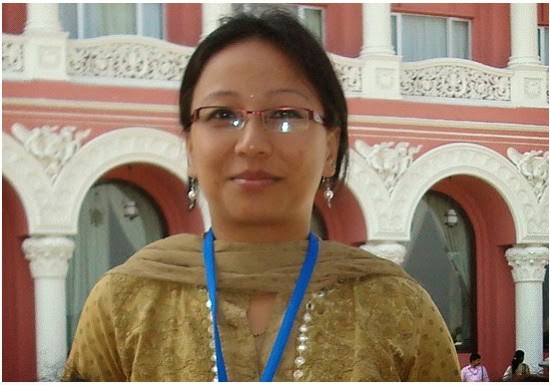
Dr. Mamta Dali
Dr. Mamta Dali is an Assistant Professor, Dept of Pedodontics and Preventive Dentistry (Pediatric Dentistry) at BPKIHS, Dharan.
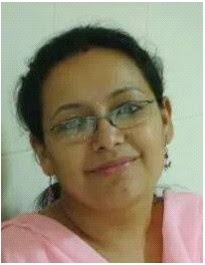
Dr. Parajeeta Dikshit is a Professor, Dept of Pedodontics and Preventive Dentistry (Pediatric Dentistry) at Kantipur Dental College teaching hospital and research center, Basundhara, Kathmandu and Consultant Pediatric Dentist at Smile Square Dental Care Center, Maharajgunj, Kathmandu.
